Table of Contents
- What is Digital Collaborative Learning?
- Various Educational Tools for Collaboration
- Collaborative Tool for Communication
- Learning Management Systems
- Collaborative Learning Tool for Project Management
- Game-based Learning
- Immersive Learning Tools
- Social Bookmarking Tools
- Guidelines of Digital Collaborative Learning for Teachers
- Conclusion
Technology is significantly transforming different aspects of our lives. It also includes the education field. Technology aids, projectors and other essential tools are revolutionizing classrooms and learning phenomena. These tools are interactive and help in engaging students, enhancing collaboration.
Information technologies have become a key driver of educational reforms, enabling social reforms of students. Different innovative learning tools are helping teachers in various ways such as providing fun learning opportunities and enhancing collaboration in the classroom. This collaborative learning is helping learners and educators to enjoy the learning and teaching journey, and enabling students to face challenges in life. What is it and what tools are beneficial for collaborative learning? We are going to discuss it in detail in this blog.
What is Digital Collaborative Learning?
Collaborative learning is when students and teachers work together in the same environment toward a goal. It goes beyond the interaction of two people in a physical classroom. You have to come out of the confines of geographical location and should collaborate with your peers in groups.
For example, if a teacher gives a group project, students have to collaborate to complete the task outside the classroom. In this regard, they also need to collaborate with teachers to get their help.
So, to make this collaboration effective and easy for students, teachers have to introduce various collaborative tools in the classroom. These digital collaborative tools will help educational stakeholders in learning and teaching.
Various Educational Tools for Collaboration
There are various categories of educational tools that you can use for different types of collaboration. Each category contains a large amount of tools that have different pros and cons.
Collaborative Tool for Communication
Interaction is one of the essential aspects of collaboration. You and your peers need to talk to each other in group projects. A student can never complete their projects on time if they are unable to interact with each other outside the classroom. Moreover, communication helps build communities, friendships and support systems in peers. It also improves communication and language skills.
There are a lot of online communication tools. One is Zoom, which enables a group of students to do video conferences to share their ideas for free. Another example is Discord where you can make different groups of your peers for collaboration and learning purposes. You could share multimedia content and chat with each other on Discord as you can on WhatsApp.
Padlet is also a versatile tool for content creation as it has a discussion wall where you can share your ideas, images and videos. Wakelet also serves the same purpose.
Learning Management Systems
LMS is one of the integral tools that enables teachers to remove whiteboards from the classroom. LMS not only integrates technology into the classroom but also enables collaboration between students and teachers.
One example of LMS is Google Classroom. It enables teachers to make various classes for their students. For example, they can add all of the ninth-grade math students in one classroom. In the classroom tab, educators can share multimedia content. And, open opportunities for students to collaborate by messaging each other on its message wall. Moreover, they can conduct live online classes to communicate and teach students.
Collaborative Learning Tool for Project Management
Educators need to manage the interaction of students for effective collaboration. That's why educators need a tool where they can assign roles to students, monitor their collaboration and set space for exchanging ideas.
An example of this type is Notion. You can organize collaborative learning spaces where students, teachers and peers can collaborate. Educators could also track assignments and provide feedback to students instantly.
Some other examples are Trello, Basecamp and Airtable. Monday is also an essential tool where educators can assign different projects to students and keep an eye on their progress.
Game-based Learning
Various gamification tools allow collaboration between students and teachers. It develops problem-solving skills in learners and enables educators to collaborate with their peers in real-time.
One example of such a tool is Magma Mentor, which is a gamification-based virtual tutor that helps teachers teach and students learn any subject they want. It has the feature of “Battle of Minds” that enables students to invite any of their friends to have a quiz competition on any specific topic.
Immersive Learning Tools
Students need collaborative material in the classroom to remain engaged and learn. They could interact in the classroom, learn new things and respond to teachers. For this, teachers need interactive multimedia content and curriculum.
There are various AI tools that can help them in this regard. They allow collaboration, brainstorming and sharing of ideas in a safe environment. Some of the major tools are gamification tools and Learning Management Systems. But, except for these two types, you can find other types of tools too that serve the same purpose.
One example is the Mural, which is used for visual collaboration for smaller projects and note-taking in the classroom. Nearpod is another example that allows the creation of interactive presentations in the classroom. Moreover, it allows the creation of interactive quizzes and assessments by using virtual reality technology.
CoSpaces EDU is another example that allows students to create collaborative spaces for digital storytelling. 3D Bear uses augmented reality technology to do storytelling and collaborate on space design.
Social Bookmarking Tools
Various social websites enable the collaboration of peers, removing any sense of isolation in them. Moreover, these tools help with collaborative research and learning new concepts from the internet.
One example of such a tool is Pinterest. In it, you can create boards where you can pin various infographics, pictures and information available on the app. Moreover, you can create collaborative boards with your friends where you both can pin necessary information for your project with the help of each other.
Guidelines of Digital Collaborative Learning for Teachers
Establish Clear Learning Objectives: Educators should establish clear learning objectives for students. It will help them to know the importance of collaboration and how they should communicate to achieve their goals.
Provide a Structure: Students need a structure for collaboration. So, educators should provide different roles and responsibilities to students so that they can know what to do in a group project. You can divide the roles among learners so that everyone can have clarity about their goals.
Establish Clear Communication Guidelines: You should provide guidelines on how and when to communicate with each other. Moreover, you should tell students how to respect each other’s opinions in communication and how to clarify issues. You should also provide them with any digital tool for communication according to their group size and assignment type.
Optimizing Group Size: A lot of educators let students make decisions about their group members and size. This could cause disagreement and incoherence in your classroom later on. Moreover, it doesn't develop essential communication skills and confidence in students as they keep collaborating with their friends and don't come out of their comfort zone to communicate with other fellows. So, you should step forward and optimize the group size and carefully curate a group by telling each one their respective team members.
Give Unique Assignments: You should give unique assignments to each group of students to avoid plagiarism. Moreover, try to base assignments on real-world applications in place of hypothetical scenarios.
Conclusion
To conclude this conversation, we could say that collaborative learning is essential for students. However, educators should know different tools for collaboration and the guidelines to make this collaboration effective. There are various types of tools, such as gamification tools, interaction-based tools and many others, that perform different kinds of functions. All of these tools are helping students in one way or another. So, tutors should choose them wisely in different situations to make the collaboration fun.







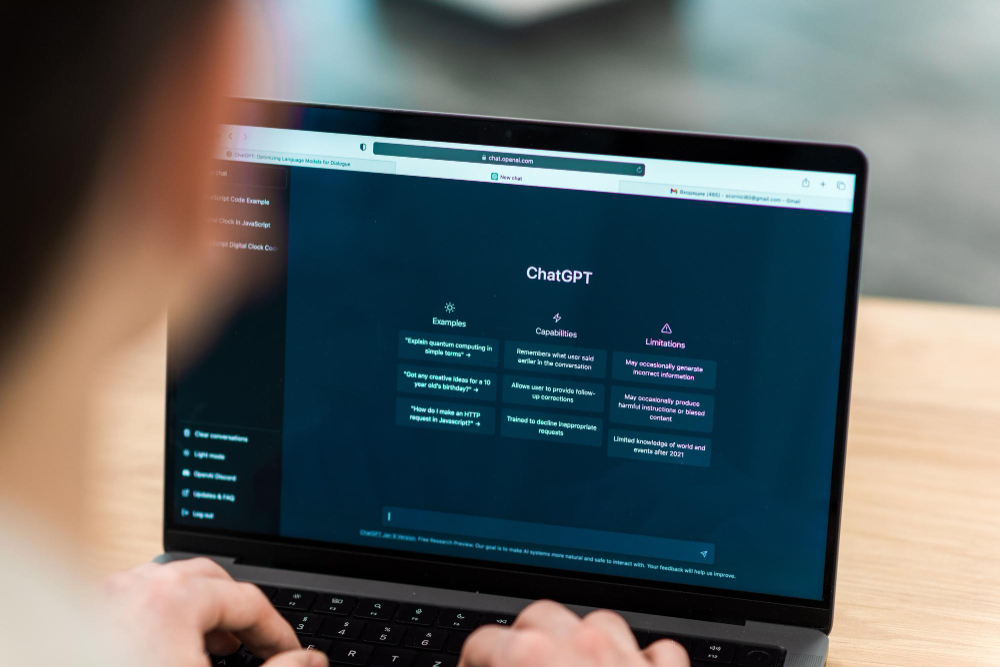















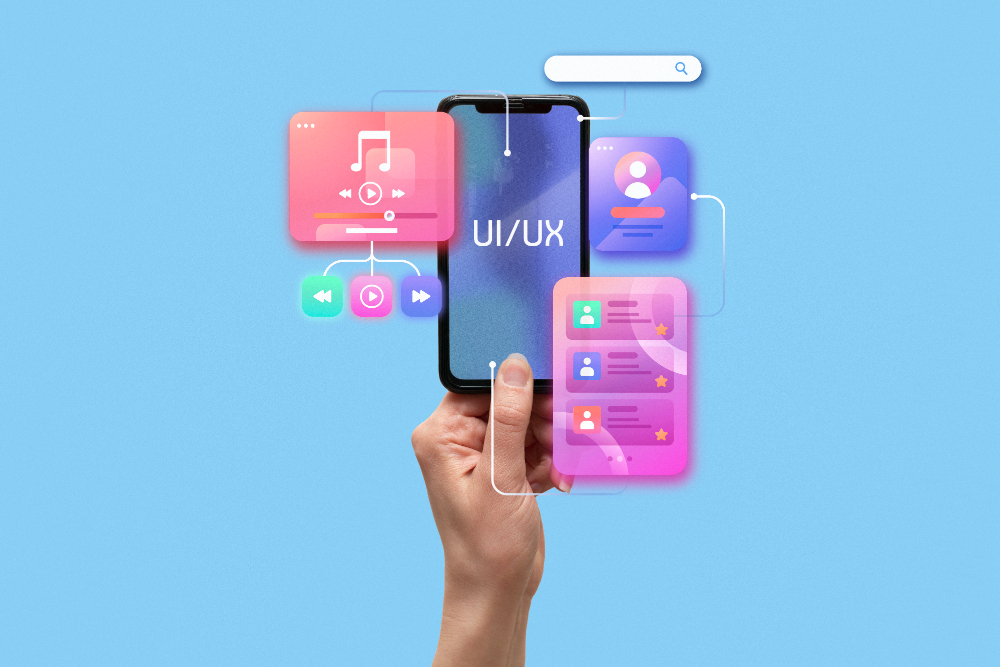
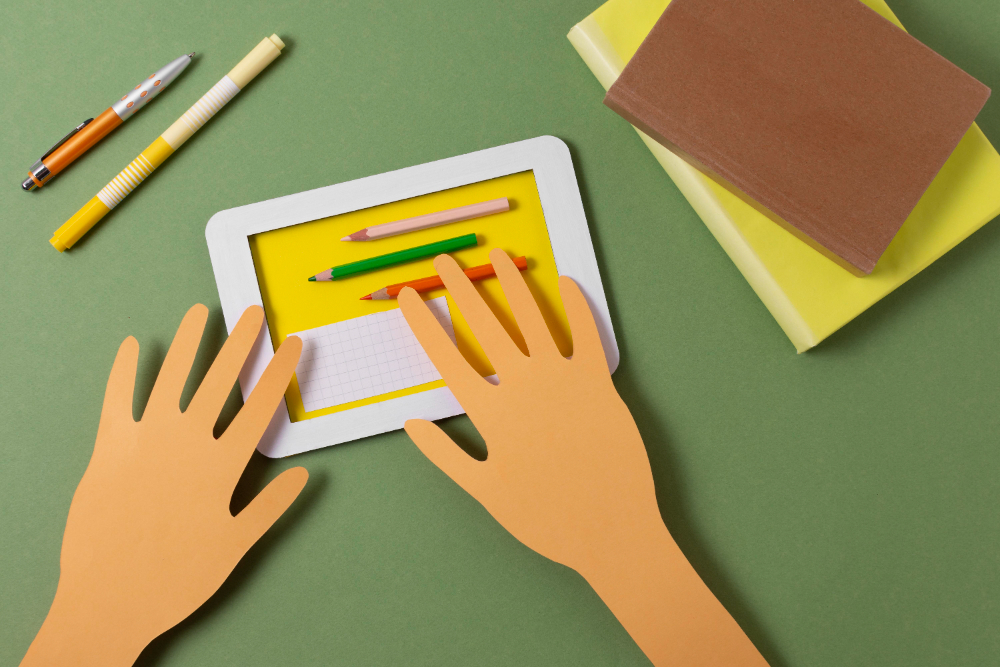


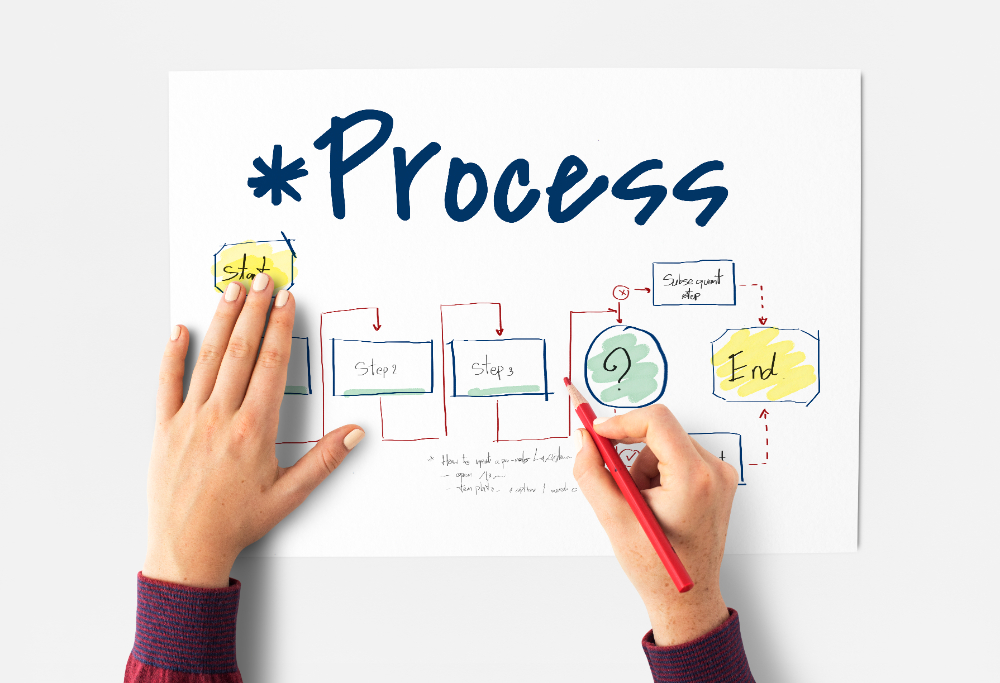



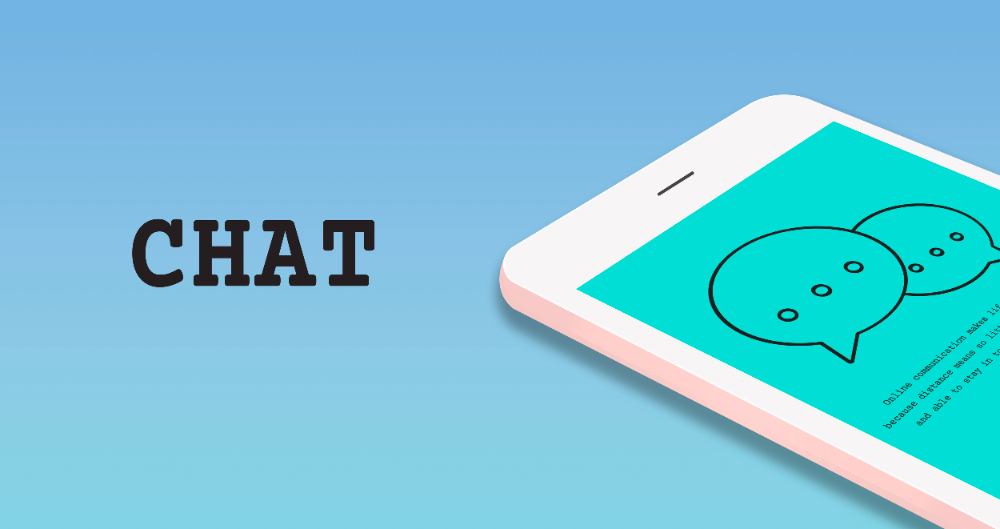
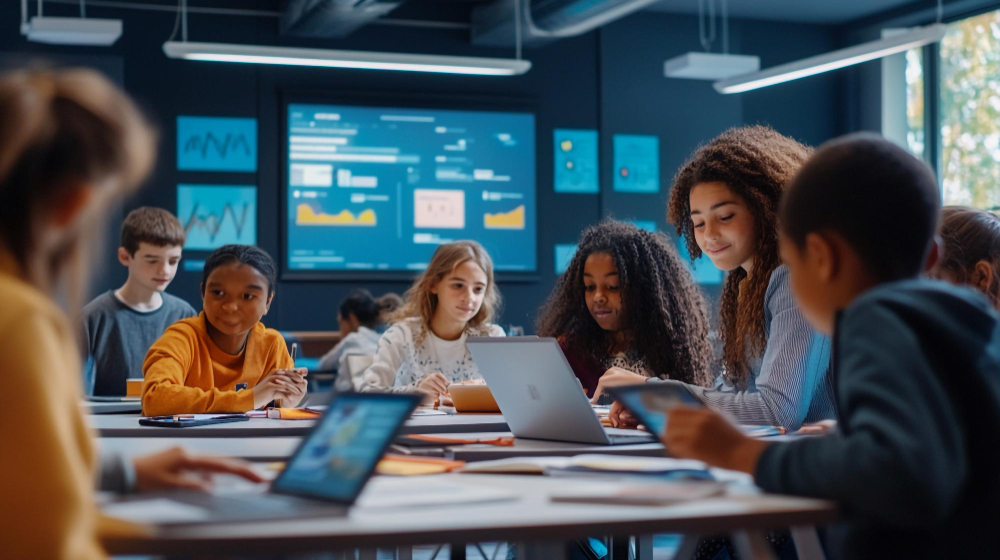
Comments are closed.